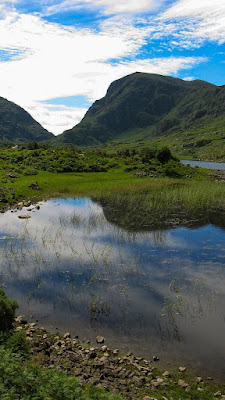I'm not sure if you've ever been to Great Yarmouth Racecourse?
My first day at the races was with my late father, Colin. It was a haunt of his and many friends and relations. They'd stay at Caister-on-sea, the old Ladbroke's campsite. Well, caravan park. I'm pretty sure it was just an old-style Jolly Boys Outing, without the bus blowing up.
After a night at the greyhounds and horse racing by day, the money ran out quicker than you could say: 'Another loser...' The only blessing, Grosvenor Casino wasn't open back in the 1970s. If I can't get there I can always head to casino corner online and fill my boots. Sometimes you just don't want to travel to chance your luck. I guess that's why we go to it now.
Great Yarmouth races is akin to a Merry Pilgrimage for my friends and family. It is in remembrance of all those who have passed including: Dad, his brothers Keith and Roy. Uncle Fred, Jack Millmott and friends Pete Miller (who knew his greyhounds) and a gathering of kith and kin who really knew how to have a good time.
They drank and gambled like it was going out of fashion.
A quick pint at the Duke's Head and a slow walk to the course. The amount of times my Dad missed the first winner doesn't bare thinking about. I'm sure he would have made the most of UK online bookies free bets. Saying that, he did have some very good days and come home paying for the holiday.
These days, my brothers and I enjoy a day's racing on the Norfolk coast. Coming from the Fens, it's a couple of hours on the train taking the Bittern Line.
We often have a few friends come along including Lowestoft pro gambler Jerry Banks. It's lovely to catch up especially after a long winter. In fact, we have the 22nd April pencilled into our diary. We may even get our cousin Danny to come along.
To be fair, I'm selective when betting and my wagers at Yarmouth, on the two-year-old races, are rare. I don't like betting for fun and my last bet at the course must date back such a long time you wouldn't believe it. Put it this way, I'm not a compulsive gambler. In fact, most people would say I really should bet more.
I think it's good to keep your powder dry.
I'm definitely a fairweather racegoer. We've been lucky and the sun usually shines. We did have a time when it rained so often one of our bus trips from course back to the Wellington Pier, you'd have sworn we have been picked out of the sea after a wreckage.
These day, we stay over because travelling four-plus hours to and from the course to home is hard work. In recent times, we've stayed at Wetherspoon's Troll Cart (Hotel) which is above the pub so it's an ideal location.
We always enjoy a few pints at Yarmouth and the pubs are fun and varied from completely mad to quiet and tranquil. Also, the price of a pint in this neck of the woods is cheap.
Thereafter, we head to the Savoy Tandoori was a good Indian meal.
Here's looking forward to the 22nd April.
Get the pints in.



